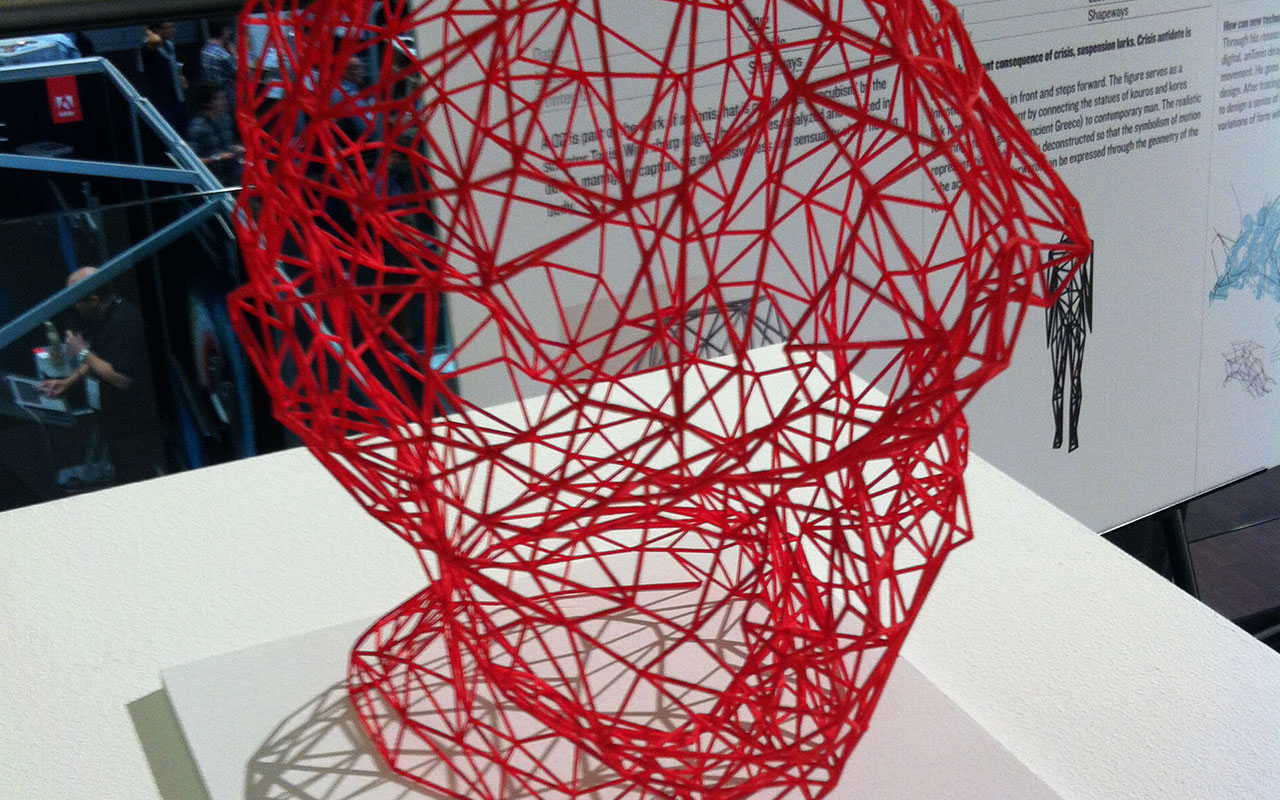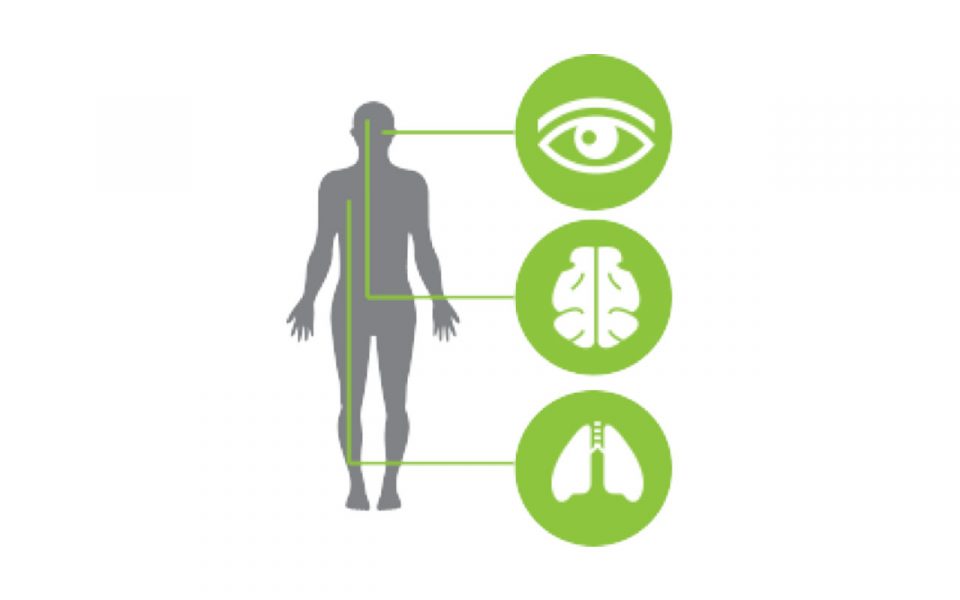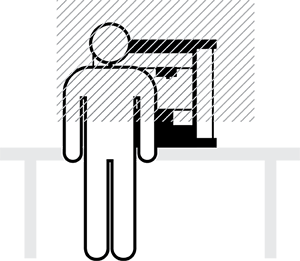
If you are 3D printing, you need to be aware of the associated health & safety risks of the potentially toxic fumes and particulate that may be emitted from 3D printing processes and use an effective fume extraction and filtration system to help filter these risks from your operators’ breathing zone.
BOFA offers a range of specialist systems designed specifically to help you achieve this.
Types of 3D Printing
Stereolithography
SLS – Selective Laser Sintering
FFF – Fused Filament Fabrication
PolyJet Technology
WDM Technology – Wax Deposition Modelling

What is 3D printing?
3D Printing, sometimes referred to as ‘additive manufacturing’ is the process by which a solid object is created by the addition of layers of material fed to a point determined by what is effectively XYZ digital robotic software.
The material, which can be a range of plastics or metals, is fed to the deposition point usually in wire or powder form where it is heated and fused to the previously deposited material.
Extremely complex shapes can be produced in this way and since the process is ‘additive’ rather than ‘subtractive’ where material is removed from a larger piece by machining, grinding etc, very little material is wasted. The production of products previously injection moulded or cast can save thousands in tooling costs.
The need for fume extraction...
3D printing processes that heat materials cause particles, droplets and gases to be released that can be potentially harmful if inhaled.

The BOFA Solution...
The use of an effective fume extraction and filtration system helps to protect operatives from potentially harmful fumes; helps tp avoid the risk of costly health & safety litigation for the employer; and helps to maintain the reliability of the printer.
Having carried out a detailed study of the 3D printing industry, BOFA has developed three fume control solutions to cover each of the main 3D printing formats.
The BOFA 3D PrintPRO range has been designed to help capture and filter potentially harmful airborne toxic gases and particulates from open frame, table-top enclosed / partially enclosed and fully enclosed 3D printers, without causing the filament deposition to be cooled prematurely. The filter design includes health and safety compliant HEPA grade particulate filter media, which has an efficiency of 99.995% at 0.3μm, and deep bed activated carbon filters to help remove organic gases and vapours.








